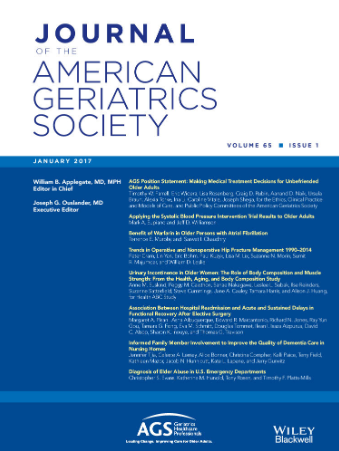Use and Discontinuation Rates of Long-Acting Injectable Antipsychotics Between Race/Ethnicity in Older Adults Using Medicaid Databases
Abstract
Objective
The primary objective of this study was to assess the prescribing patterns of long acting injectable (LAI) antipsychotics in an older adult population. Secondary objectives were to determine if there were differences in treatment discontinuation rates between different LAI agents and race/ethnicity.
Methods
Merative MarketScan Multi-State Medicaid Databases (2017–2021) were used to identify patients 65 years or older who were prescribed a LAI antipsychotic. Pharmacy claims for LAI antipsychotics were referenced via National Drug Code (NDC) by brand/generic name and dose. International Classification of Diseases, 10th edition (ICD-10) codes were used to identify older adults diagnosed with schizophrenia, schizotypal or schizoaffective disorders. Those with dementia or related disorders were censored. Conditional associations between race/ethnicity and generation of LAI antipsychotics were investigated using logistic regression controlling for age, sex, and health plan. Cox proportional hazard regression was used to compare the distribution of time until treatment discontinuation among older adults across LAI antipsychotics.
Results
A total of 526 older adults (59% female) with an average age of 70.4 ± 5.5 years met inclusion for analysis. The most commonly used LAI antipsychotics included paliperidone palmitate-1 month formulation (~35%), haloperidol decanoate (~24%), and risperidone microspheres (~15%). Overall, approximately 32% received LAI first-generation antipsychotics and 68% received LAI second generation antipsychotics. Blacks (n = 204) received LAI first-generation antipsychotics more often than Whites (n = 283); (OR: 1.74, 95% [1.18, 2.56], p < 0.01). When controlling for age, sex, and race/ethnicity, LAI first-generation antipsychotics showed earlier discontinuation rates compared to LAI second-generation antipsychotics (HR: 2.12, 95% CI [1.45, 3.10], p < 0.001).
Conclusions
LAI first-generation antipsychotics showed treatment discontinuation significantly earlier compared to LAI second-generation antipsychotics. Furthermore, Blacks were prescribed LAI first-generation antipsychotics at a higher rate than Whites, which may contribute to poorer health outcomes. Futures studies are needed to establish a causal relationship.


 求助内容:
求助内容: 应助结果提醒方式:
应助结果提醒方式:


